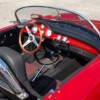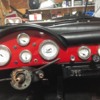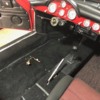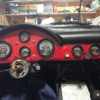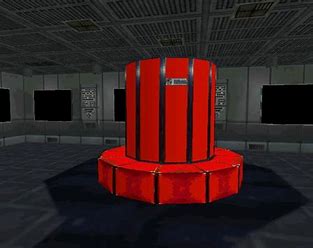@Michael Pickett wrote: "After careful estimations of space, power and cooling requirements, I sold it for spare parts and bought a cluster of small computers with the proceeds. Tech do become obsolete quickly."
IIRC, the Cray 1 ran what's called "Emitter Coupled Logic" integrated circuits - a particularly fast but power-hungry device, so the entire system needed about 115 kilowatts of power (208 3-phase) from a large bank of power supplies (the power supplies were in the base - what looks like a sitting bench all around the column). That was the easy part - AC Power is easy to get, but it was a lot like "Brute Force Computing".
Cooling the beast was an adventure, especially if what you were running was core CPU intensive like at Los Alamos and the NSA. The ECL logic could produce enough heat to warm the Sears Tower in Chicago (remember....It was power hungry.....Power in = heat out). The Cray 1 was a two-story system, similar to IBM Mainframes at the time. The CPU (in the photo above) was on one floor and the liquid Freon refrigeration system was on the floor below, with all the cooling juice running through custom-made (for each installation) stainless steel piping ( Stan would have loved it).
IBM, by contrast, often ran their CPUs on one floor, with the storage disks one floor down and the I/O processors one floor up, all to keep interconnecting cables as short as possible and to spread out the cooling demand - The Cray was no different.
The Cray cooling system had a lot of leaks in the first 20 systems or so until advanced Stainless Steel alloys and better tube welding techniques were developed (there was a lubricant in the liquid Freon that attacked the stainless steel).
By 1982, Sun, Silicon Graphics, Digital Equipment Corp., IBM, Thinking Machines and Data General all had 64-bit systems in the works and SUN was demonstrating multiple/parallel server systems that were beginning to approach Cray 1 speeds (and in the case of the competitor Thinking Machines, far exceed Cray) so the industry was moving towards far less expensive options. Thinking machines produced a system that was known internally at the company as the "Cray Killer" because it was much faster at a fraction of the cost of a Cray. Those systems began to be installed in late 1984, I think.
OK, that's enough computer history and thread drift. Any more requires beer.


